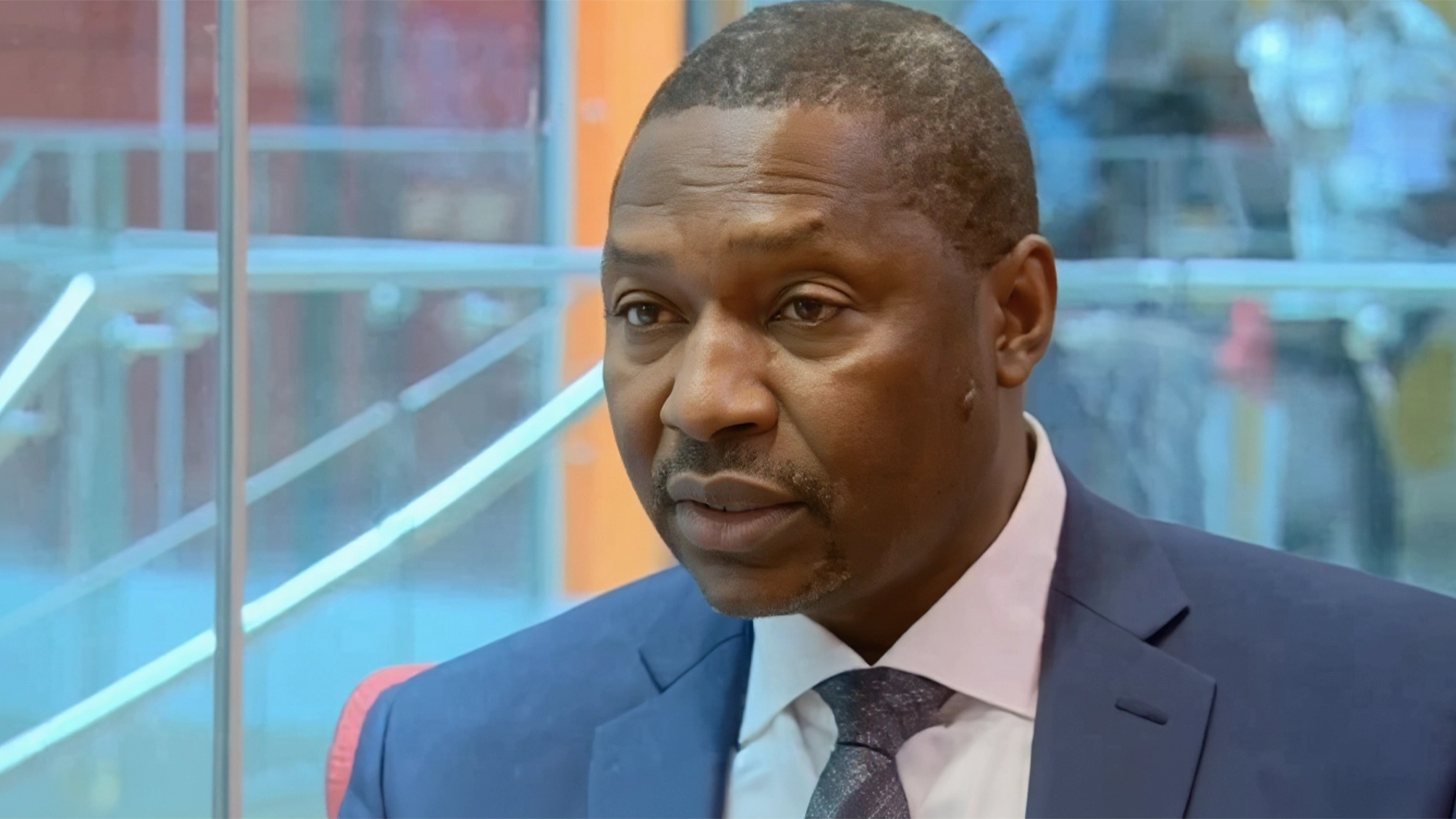
Recently, art enthusiasts and corporate heavyweights converged on the elegant private lounge, Milìkí, in Lagos to celebrate the presentation of the book, Creating Art: Authenticity and Ownership in the Visual Arts, co-authored by Professor of Corporate Governance and Senior Advocate of Nigeria, Fabian Ajogwu, and the architect and Director at the Yemisi Shyllon Museum of Art, Pan-Atlantic University, Dr. Jess Castellote.
The book, the second installment in the series, builds on the insights shared in the authors’ previous work, Collecting Art: A Handbook. It delves deeper into the legal and contractual challenges faced by visual artists, art collectors, and intermediaries in the art world.
Attendees experienced firsthand the significance of the book’s themes, including copyright, authenticity, and ownership, which are subjects of major discourse in the visual arts. They had the opportunity to interact with the authors and engage in thought-provoking discussions on the complexities of the art world.
Commenting on the difference between the two books in the series, Ajogwu explained, “Collecting Art focuses on themes such as what makes art; why there is interest in art; the connections between art and heritage; the concept of beauty in art; sources of inspiration for collectors; and how to transfer ownership of art from one generation to another.”
He continued: “In Creating Art, we focus on the rights of visual artists by asking critical questions like: can we buy a piece of art and change its colour? Doing so would distort the rights of the visual artists who created it. The book also considers broader perspectives on culture and heritage while exploring the legal and contractual dimensions of the visual arts.”
For Castellote, the book was conceptualised upon completing the first book, which was collector-focused, with a goal to enlighten artists on vital information. He commented, “We realized that many artists do not understand the legal and contractual side of the business, so we decided to provide this book as a valuable guide. It’s designed to be a reference for clarifying key issues.”
The presentation featured excerpts from the book read by attendees, spotlighting key topics like authenticity, ownership, originality, and copyright. Guests engaged with the authors, sharing views and insights on complex issues surrounding the visual arts.
While explaining the concept of originality, Castellote referenced a painting by the revered artist, Bruce Onabrakpeya, describing how the painting was original as a unique interpretation by the artist, but unoriginal in the sense that the general concept had been used previously. He elaborated on how complete originality is challenging to achieve because artists draw inspiration from existing sources.
“There’s a difference between evaluating art as original due to its artistic value versus defining it as original in a historical or non-evaluative sense,” he explained.
Echoing Castellote’s view, Ajogwu added that originality could be determined by both the work itself and the idea behind it. “You can create an original adaptation of someone else’s concept, which would still count as an original contribution,” he noted.
Director at Guinness Nigeria Plc, Ngozi Edozien, agreed with the authors, highlighting that the concept of originality in interpretation and execution broadens the scope of artistic creativity.
Discussing authenticity, Ajogwu emphasised its importance in determining an artwork’s value. He further explained how forgery can degrade a piece’s worth and advised against it.
The book covers a broad spectrum of concepts, including digital art and issues around authenticity and ownership.
Independent Non-Executive Director at Stanbic IBTC Bank, Rabi Isma, voiced concerns about ownership attribution for Non-Fungible Tokens (NFTs).
The co-authors agreed that digital art represents the next stage in the evolution of the art world, urging the audience to embrace it with caution. They stressed the need to understand the legal and intellectual property implications surrounding digital art. The interactive session included robust audience participation.
Founder and Director of SMO Contemporary Art, Sandra Obiago, commended the co-authors for releasing the book at a timely moment when collectors and curators are grappling with authenticity issues.
For founder of 1952 Africa, Ejike Egbuagu, urged the authors to conduct more awareness sessions for artists, underscoring the importance of equipping visual artists with the knowledge to navigate the legal aspects of their practice.
Deputy Vice Chancellor of Pan-Atlantic University, Dr. Peter Bamkole, recommended incorporating technologies such as blockchain, QR codes, and digital watermarks to enhance the authentication and originality of artworks.
A guest, Mohammed Daggash, expressed concerns about appropriation, referencing Pablo Picasso’s Cubist works inspired by Ivorian art without attribution. He questioned what rights the original artists had in light of Picasso’s success and the lack of royalties for them.
Ajogwu responded by explaining the concept of moral rights, which are personal rights creators hold over their works and are more prevalent in civil law countries than in common law countries like Nigeria. In civil law countries, such as France, there are strong resale rights and moral rights for artists, while common law countries operate under a more capitalist system where artists have limited rights after selling their work.
Ajogwu emphasised the importance of documenting and protecting art as a legacy to ensure that the original artists receive recognition and benefits from their work for a lifetime. He acknowledged several institutions, including the Yemisi Shyllon Museum of Art (YSMA) at Pan Atlantic University, and the Society for Art Collection (SARTCOL), which had strong representation at the event from its board members such as Ngozi Edozien, Ibrahim Dikko, and Nero Asibelua. He highlighted the collective efforts of these institutions in promoting and preserving art.
Creating Art: Authenticity and Ownership in the Visual Arts is available on Amazon and at local bookstores, including Ouida, Quintessence, and Jazzhole.






